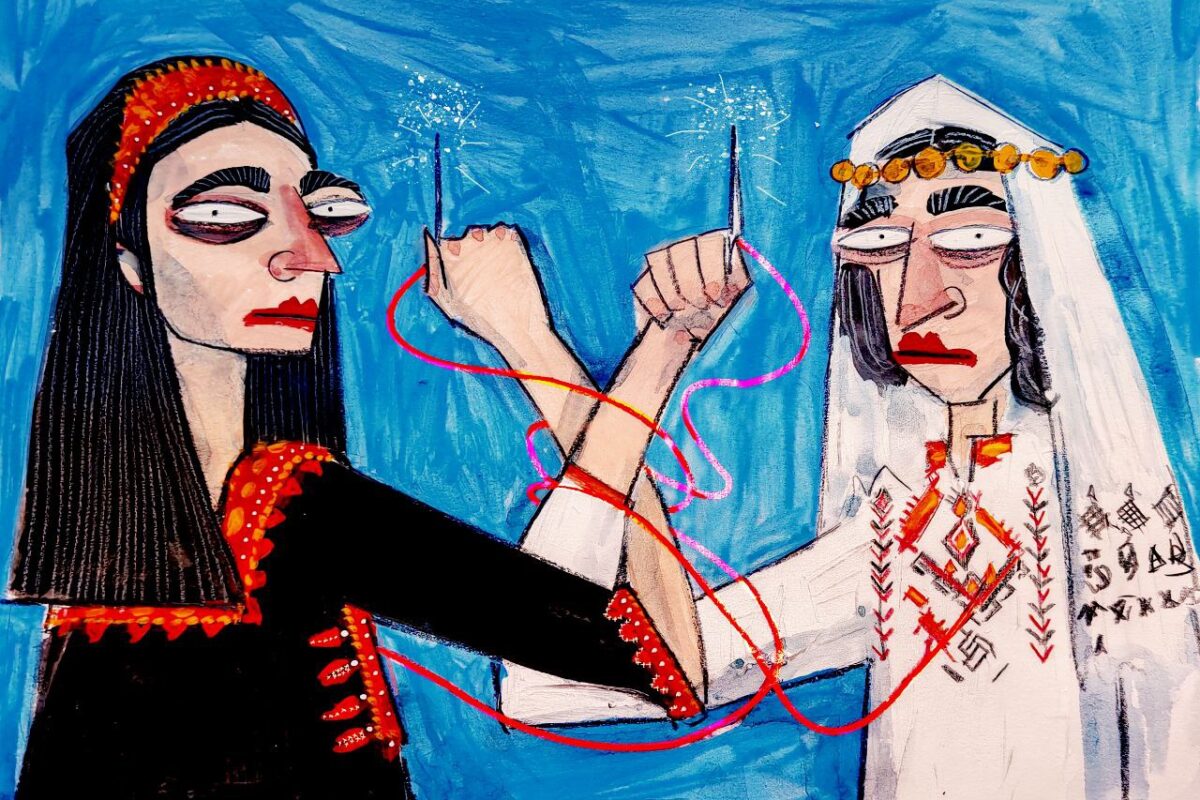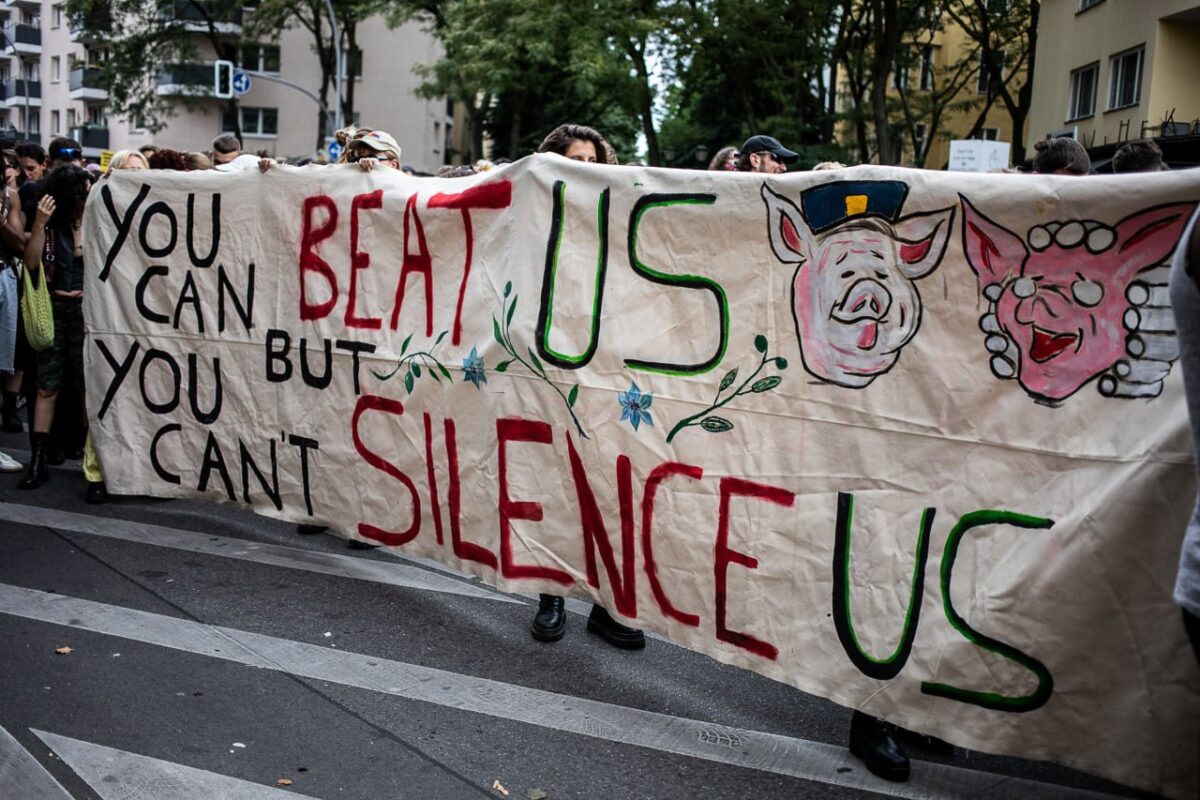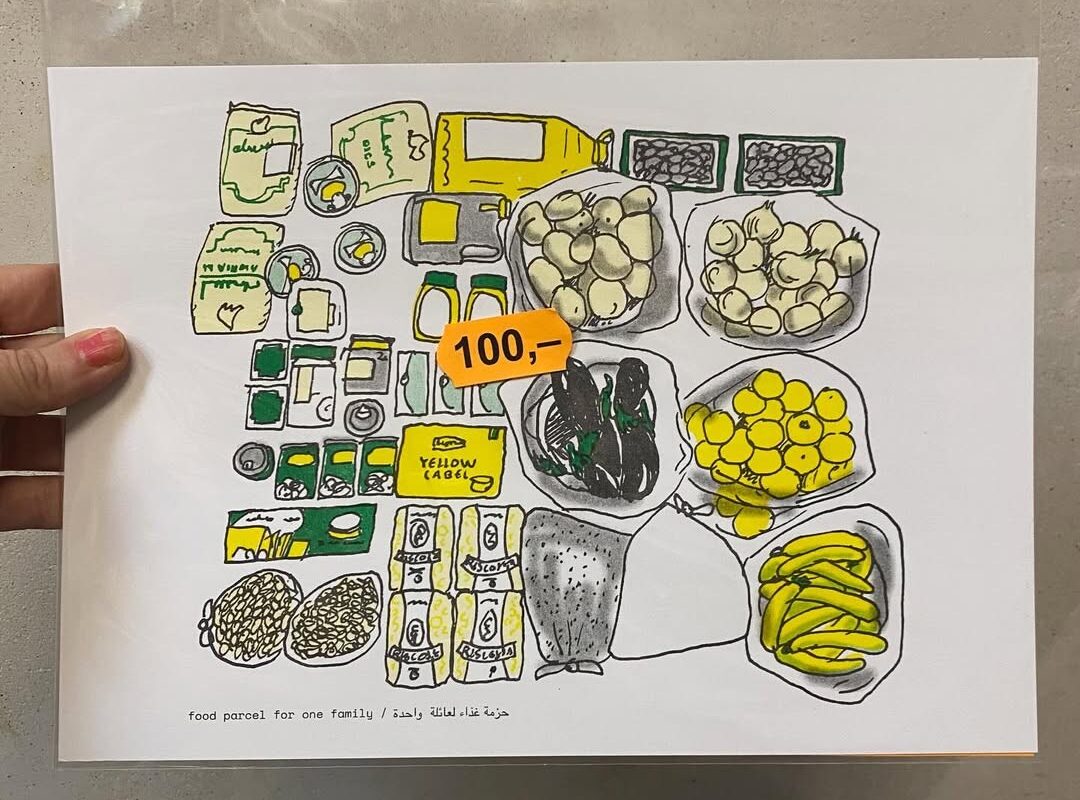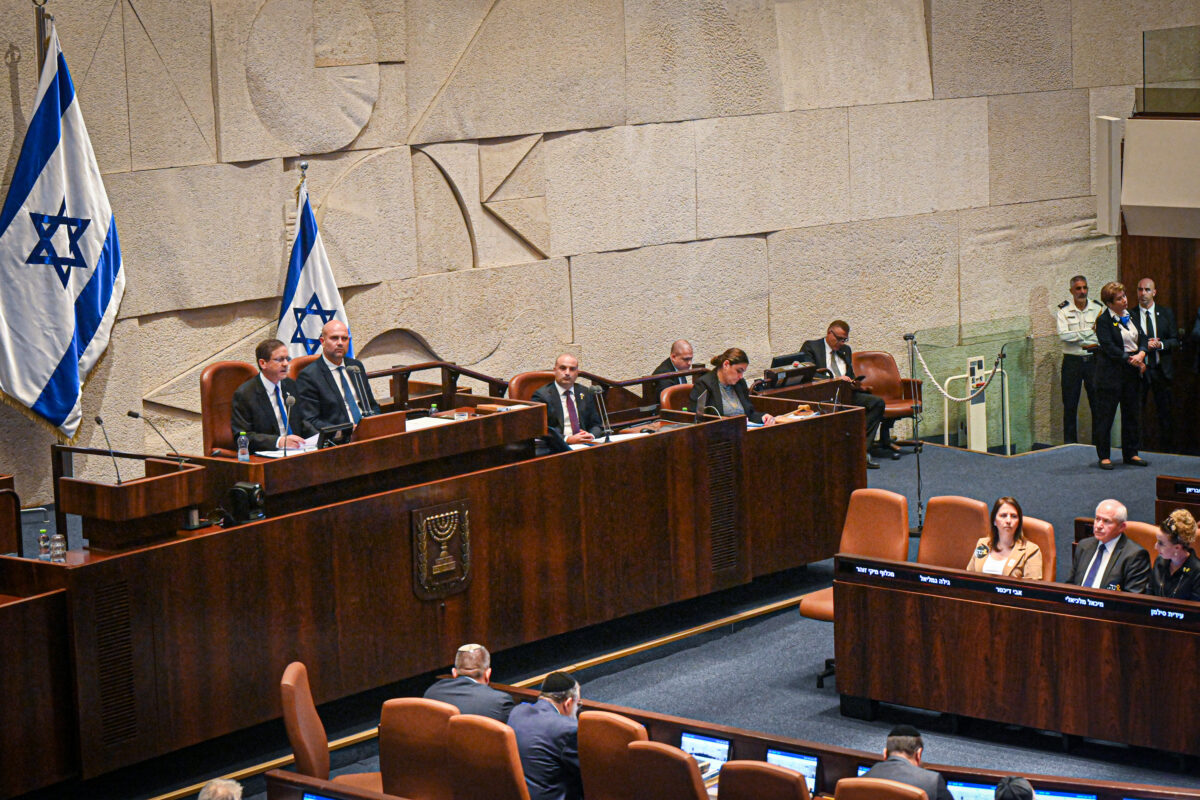The art of Palestinian embroidery, or «Tatreez», is a decorative technique on fabric using needles and threads, passed down through generations of Palestinian women. This art form encompasses a variety of styles and motifs from different regions of Palestine, with each design reflecting the life, experiences, and social fabric of its community. The creation and preservation of these garments played a vital role in the daily life, cohesion, and socialization of women within each local society.
From nature-inspired motifs — such as flowers and trees — to geometric patterns, the embroideries carry unique meanings and histories. The most characteristic garment adorned with such stitching is the traditional thoubah — the wide dress once worn by Palestinian women. Every village in Palestine had its own distinct motifs, serving as visual identifiers for the women of that community. Red is the dominant color in embroidery, though its hue varies from region to region, from one artist to another. Common designs included the “eight-pointed star”: the moon, birds, palm leaves, stairs, and diamonds or triangles used as amulets to ward off the evil eye.
The Greek tradition of embroidery, though unique in its own right, follows a similar path. In Greece, embroidery has long been a form of expression and social connection, deeply rooted in history and tradition. From the famous embroideries of Macedonia to the intricate patterns of Crete and Thrace, the creation of woven and embroidered textiles in materials such as linen, cotton, and silk was intertwined with women’s everyday lives and with the preservation of family and local heritage. The motifs — whether depicting elements of nature or geometric forms — were closely linked to the rhythms of Greek life and society.
Just as in Palestine, embroidery in Greece served as a form of communication and a marker of one’s place of origin. Each region had its own characteristic designs, many of which — such as the cross-stitch — were rich in symbolism. Through embroidery, women cultivated their artistry, preserved traditions, and created garments that held deep significance in both their social and personal lives.
Both the Greek and Palestinian traditions reveal how women, even within societies shaped by different historical and political contexts, use art as a way to express identity, forge communal bonds, and strengthen their position within society. The art of «Tatreez» and Greek embroidery are inextricably linked to resistance, the preservation of cultural heritage, and the ongoing struggle for equality.
On March 8, a day that honors women and mothers around the world, we are reminded that — though they come from different lands and historical realities — the women of Palestine and Greece share common struggles, aspirations, and values. Our worlds may seem distant, separated by thousands of miles, yet the power of art and solidarity brings us closer than ever.
In 2021, UNESCO added traditional Palestinian embroidery to its List of Intangible Cultural Heritage.




